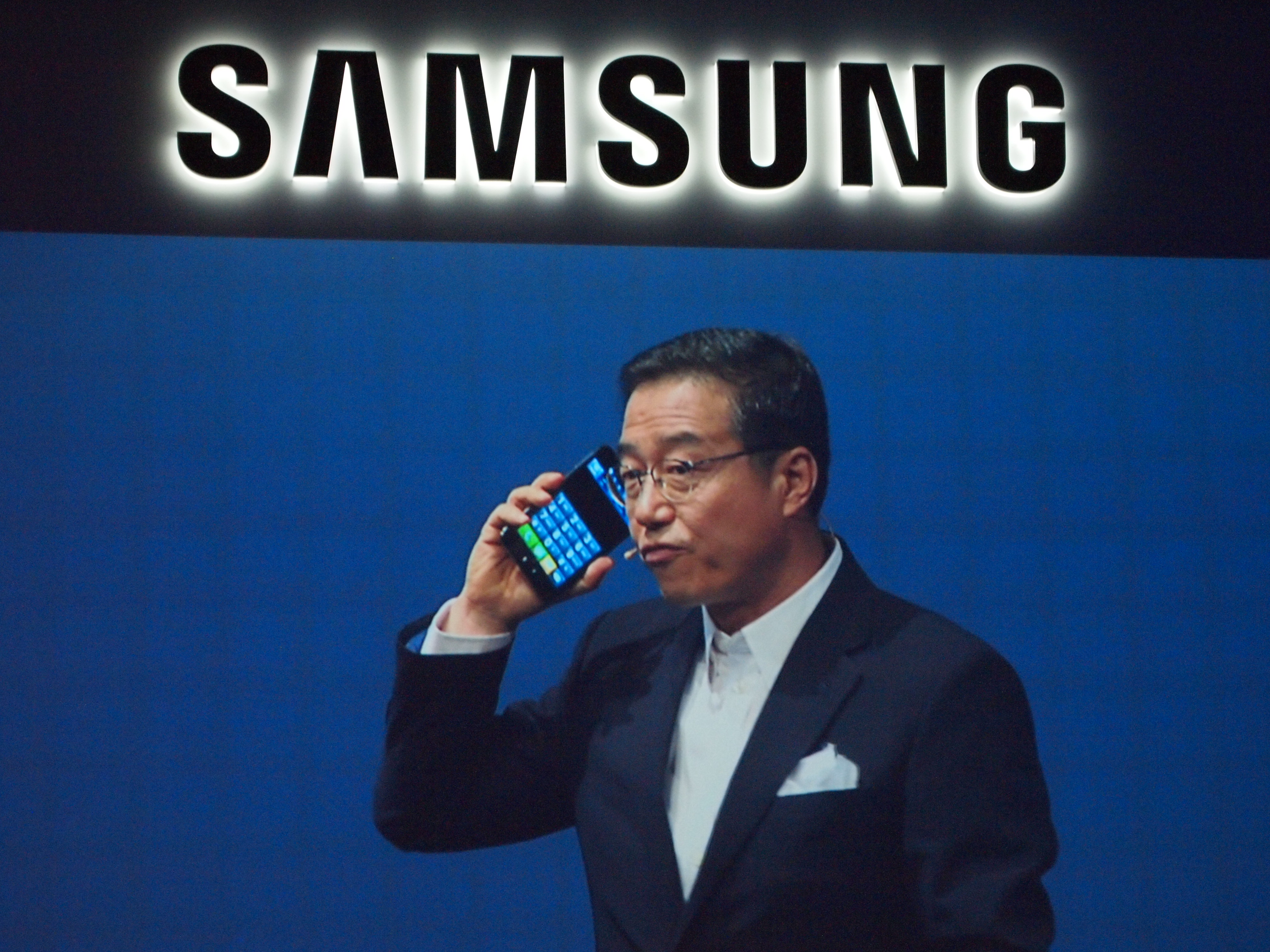Tablets, TVs and toys: it's an IFA gadget frenzy!
The gear that caught TechRadar's eye this week

IFA - Internationale Funkausstellung Berlin - is the world's largest consumer electronics show, and this year's gadget frenzy has been particularly interesting.
From tablets to TVs, really weird-looking smartphones to bizarre 3D headsets, if it beeps, lights up, connects to the net or fires laser beams from its eyes, it was unveiled at IFA 2011.
TV was a big deal at this year's show, especially connected TV. Samsung announced an update for its Smart TV system that will bring YouTube 3D content to its compatible models, while Philips announced a host of model updates and a new range of Cinema 21:9 TVs, which promise "smarter and smoother 3D plus the next generation of Internet TV".
Philips hopes to address the relative lack of 3D content by providing 2D to 3D upsampling, although as our Gareth Beavis points out, "we've never seen any auto-converted 2D content that looks any good at all, but with a 3D depth adjuster we're prepared to reserve judgement."
Philips also unveiled the world's fastest TV, which sadly didn't turn out to be a robot/TV hybrid with cybernetic legs: it's created TVs with an extraordinary 1200Hh refresh rate and a response time of 0.5ms. "Wheeeeeeee!" we'd like to imagine Philips' CEO said, before unveiling another clever feature: two-player, full-screen gaming. Using reversed 3D glasses, two people will be able to watch the same screen and see entirely different things.
LG's been making new TVs too, with a new range of 3D SmartTVs. We particularly like the PenTouch models, which enable you to draw and sketch and organise photos. Sadly drawing a moustache on Fiona Bruce doesn't seem to be an option.
Toshiba showed off the UK's first ever glasses-free 3D TV, a high-end 55-inch TV that promises nine different viewing positions and face tracking to keep the 3D view perfect. Exciting? Perhaps not: when we got our chance to look at the 55ZL2, we "struggled to work out whether what we were watching was 3D or not".
Sign up for breaking news, reviews, opinion, top tech deals, and more.
Sony at IFA
Away from TVs, Sony had a whole bunch of things to show us at IFA. There was the SMP-N200 Network Media Player, designed to turn any TV into a connected TV, and there was a faintly ridiculous-looking wearable 3D viewer that streams content from Blu-Ray players, PS3s and other 3D-capable kit directly into your eyes.
There was a new ereader and a new all-in-one Vaio PC, but what really got our attention was the long-awaited pair of Sony tablets.
There will be two Sony tablets, both Android powered. The Tablet S is a swoopy take on the traditional tablet form factor, while the Tablet P is a twin-screen clamshell affair.
Stars of the show
Toshiba showed off the AT200, which promises to be the thinnest, lightest ten-inch Android tablet around - it's just 7.7mm thick - but the star of the tablet show was Samsung.
There was the Galaxy Tab 7.7, a welcome update to the familiar seven-inch device, and the PC Series-7 tablet is a Windows 7, Core-powered tablet that easily docks to become a proper Windows laptop.
We're not sure about Windows 7 on tablets, but we'd love to see this model running Windows 8.
The most interesting Samsung tablet, though, wasn't really a tablet: it was the Samsung Galaxy Note.

Although technically a smartphone, the Galaxy Note's 5.3-inch SuperAMOLED display is massive in mobile terms and well worth a look if you're considering a compact tablet. Just don't buy one if you're little: Samsung's CEO is, and when he held the Note to his head during Samsung's IFA presentation he looked like he'd borrowed the phone from Gulliver.

Contributor
Writer, broadcaster, musician and kitchen gadget obsessive Carrie Marshall has been writing about tech since 1998, contributing sage advice and odd opinions to all kinds of magazines and websites as well as writing more than twenty books. Her latest, a love letter to music titled Small Town Joy, is on sale now. She is the singer in spectacularly obscure Glaswegian rock band Unquiet Mind.